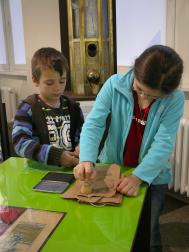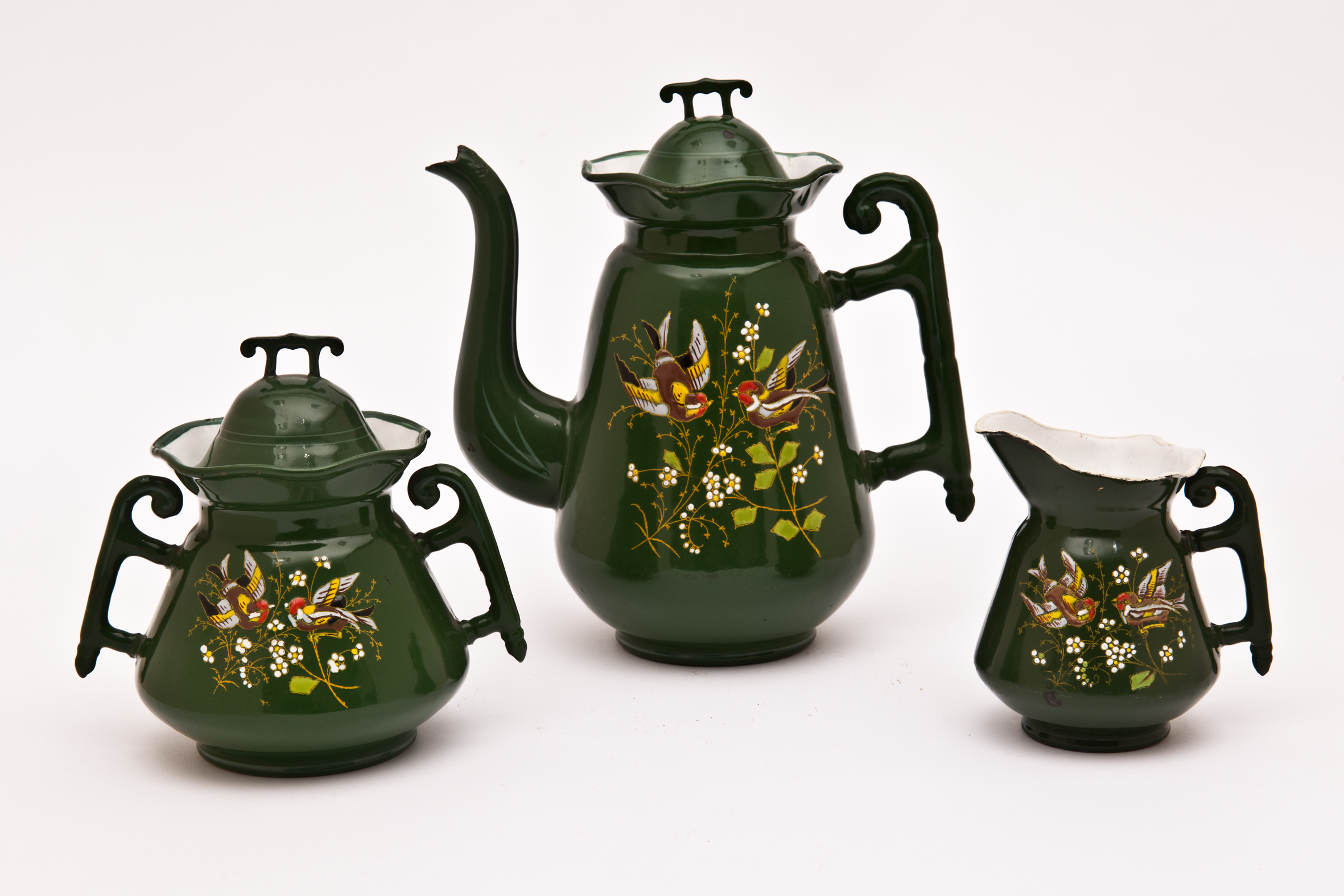Kaffeetische
Die Sitte des Kaffeetrinkens verbreitete sich zunächst im arabisch-islamischen Kulturraum, bevor sie auch im christlichen Abendland Fuß fasste. Kaffeekanne, Kaffeetassen, Kaffeemühlen und Kaffeehäuser - Entlang des Weges entwickelten sich das uns vertraute Ambiente und die Utensilien des Kaffeegenusses. Kaffee begleitete die politischen Debatten in den englischen coffee houses des 17. Jahrhunderts ebenso wie biedermeierliche Kaffeekränzchen; er befriedigte die verwöhnten Gaumen des europäischen Hochadels und sättigte die Industriearbeiterschaft des 19. Jahrhunderts gleichermaßen. Sechs epochentypische Kaffeetische zeigen die soziale und kulturelle Karriere des schwarzen Muntermachers und laden zum Mitmachen ein.
Coffee tables
The habit of drinking coffee dispersed in the arabic-islamic cultural sphere before it also became popular in the Christian societies of Europe. Coffee pot, coffee cups, coffee mills and coffee houses –many customs and utensils for enjoying coffee developed over the course of this journey. Coffee accompanied the political debates in the English 17th century coffee houses as well as the coffee mornings of the so-called “Biedermeier” period. Coffee satisfied the palates of European aristocracy and served as filling food for industrial workers of the 19th century. Six coffee tables illustrate the social and cultural career of this stimulant and invite to join in hands-on activities.


links | left: Kaffeetüten selbst stempeln ist eine von vielen möglichen Aktivitäten. Stamping your own coffee bag is one of many activities. © C. Hillmann-Huber, BGBM
rechts | right: Kaffeeservice aus emailliertem Blech, 2. Hälfte 19. Jh. Coffee pot, milk can and sugar bowl, enamelled tin, 2nd half 19th c. © Stiftung Stadtmuseum
